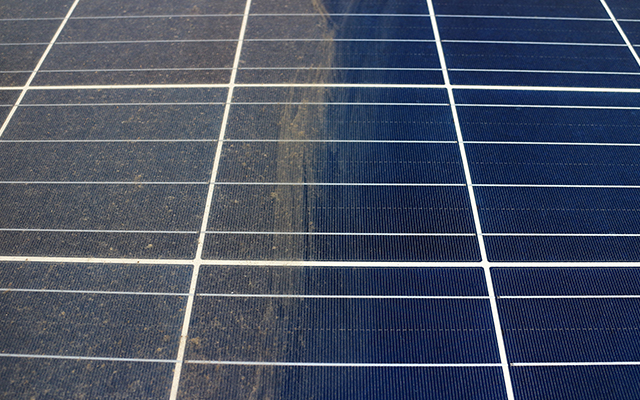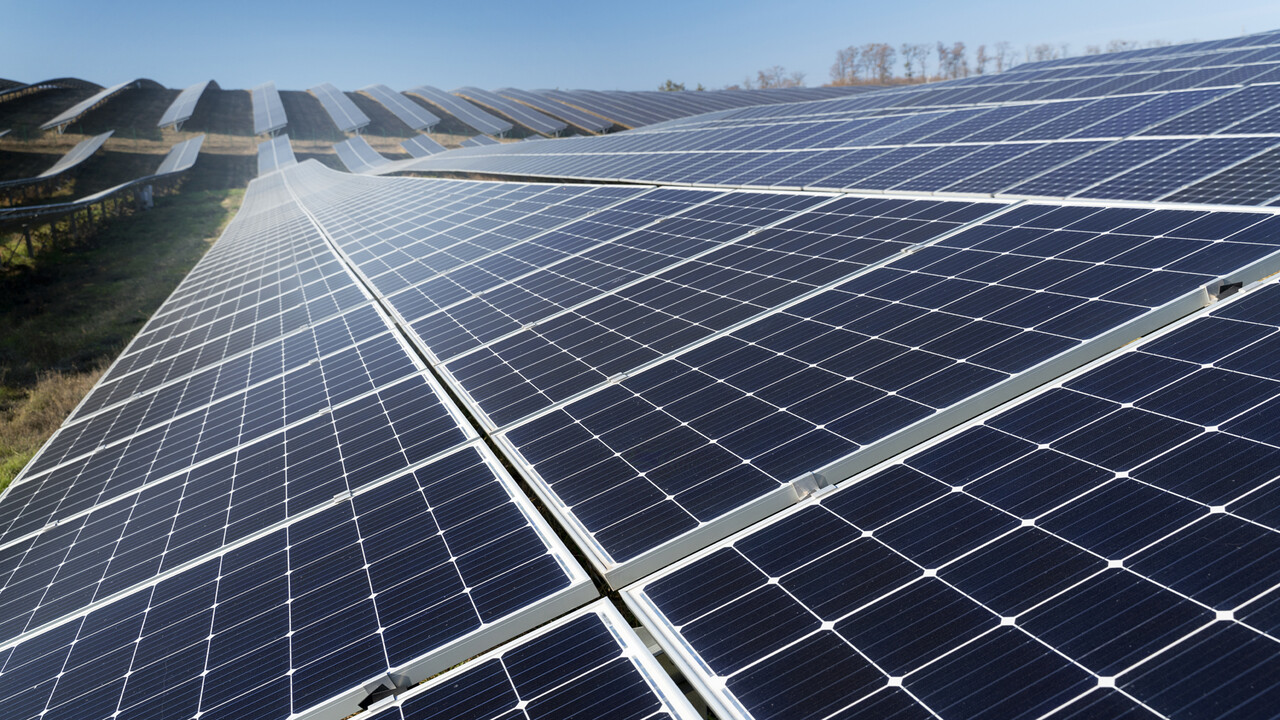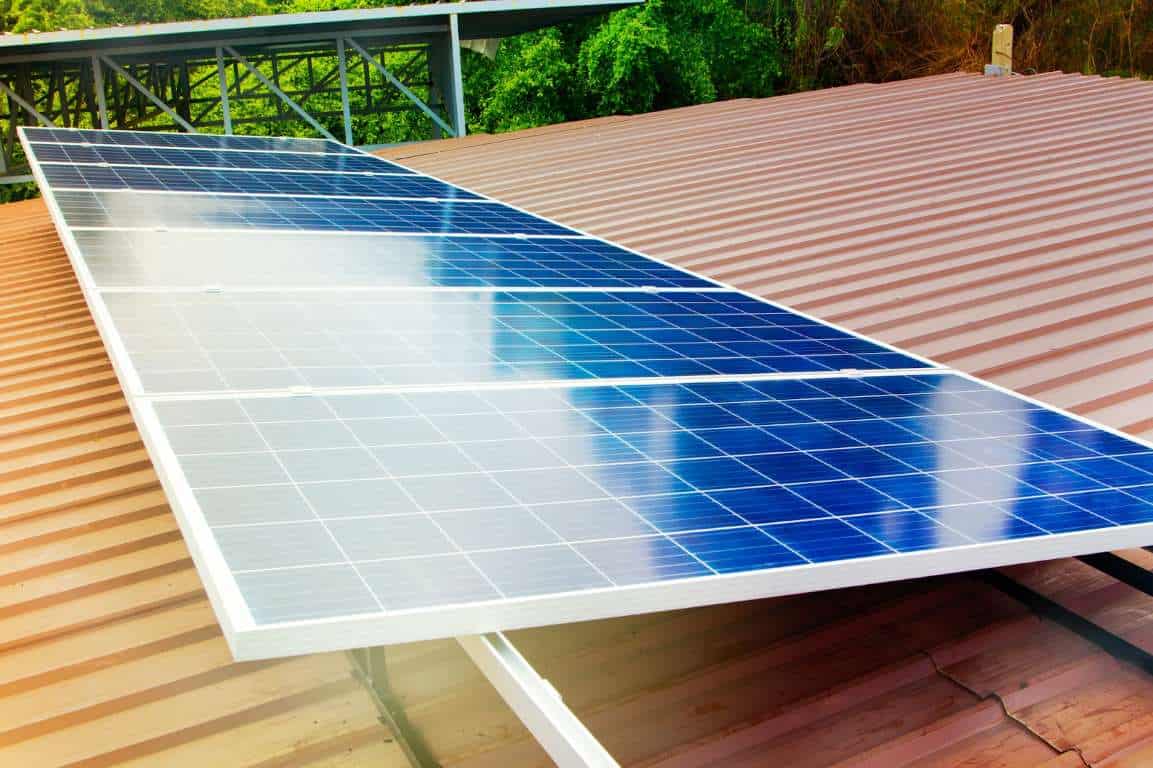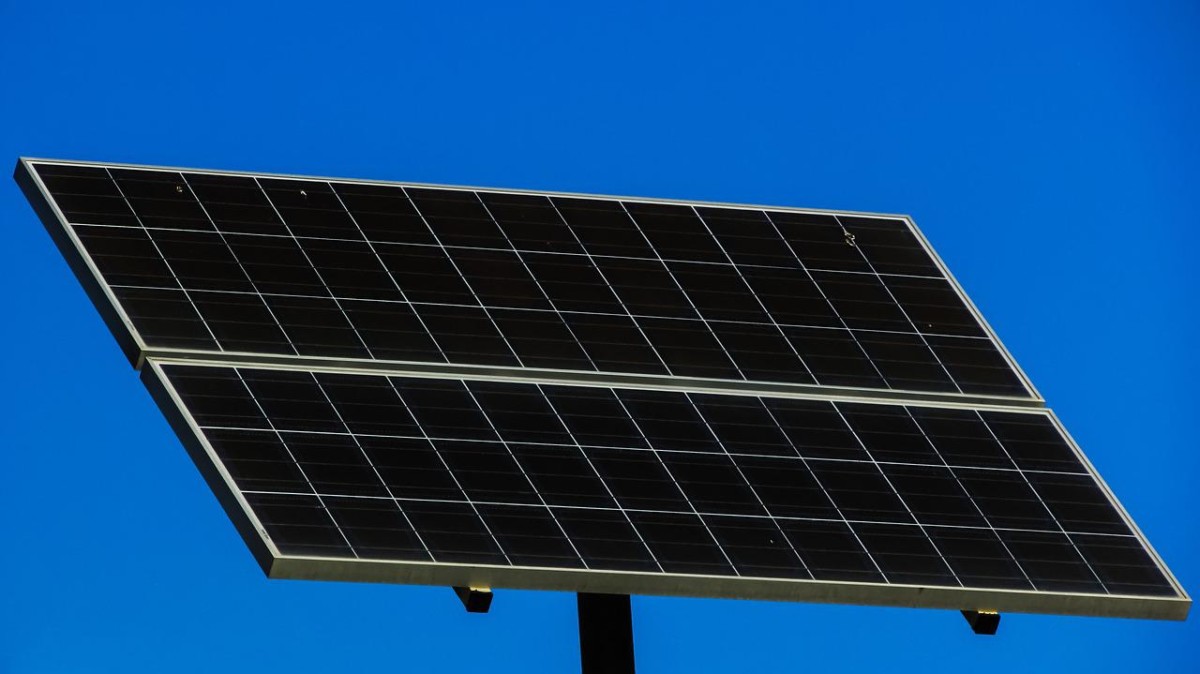Overcharging signs include swollen cases, excessive heat, reduced efficiency, leaks, voltage spikes, sulfur smells, and frequent alerts from the charge controller
Battery Case Swelling
There are physical cues that a solar battery is overcharging like the case starts to bubble up. The internal components of the battery, mainly the cells, generates excessive gases during overheating, which leads to this issue. The gases pressurize the battery housing, which causes a notable swelling or distortion.How Swelling Occurs
Battery swelling is often the result of gas that builds up in the cells of the battery. This occurs when a battery is subjected to excessive voltage for extended amounts of time. For example, lead-acid batteries will gas excessively if charged above a voltage threshold of about 2.40 to 2.45 volts per cell.Checking Battery Cases
Battery case swellingThe process to see whether a battery case is swelling is a visual inspection, however, some batteries are more difficult to identify such as the one which is flattened and some are blotted as others have an irregular form, etc. At its worst, swelling could break open or burst the battery case, which would present a serious safety hazard. Battery cases must always be torn into wholely and uniformly with no cracking and deformation.The Implications of Swelling
This swelling is detrimental, as well as leads to physical distortion, it degrades the performance and the lifespan of the battery. A swelling battery case is a sign that the internal chemical balance is screwy, and that the cells therein have been irrevocably damaged. This type of degridation over time reduces the efficiency of the battery and in the worst case can result in a total failure which means the battery no longer charges up.Monitoring and Prevention
Monitor Charging Voltage It is crucial to ensure that the charging voltage is within the limits specified by the manufacturer to prevent battery swelling. Overcharging is a risk that can be dampened significantly with the use of a good charge controller that delivers an amount of charge that is just right for the batteries in use. By checking the physical status of the batteries; as part of periodic servicing, any early signs of swelling can be identified and tackled early on, well before it results in critical harm or malfunction.
Excessive Heat Dissipation
If a solar battery is too hot, you should be worried that it is being overcharged. When more energy is fed into the battery than it can safely manage, the surplus power creates heat – right into the worst of all conditions… heating in-chamber.
The Process of Heat Build-up
Most of the heat produced in a solar battery is due to internal resistance, increasing when the charging current is above acceptable standards. Usually, solar battery works best between 25°C and 30°C which is obvious that the battery is overcharging when the temperatures rise over 40°C.
Detecting High Temperatures
Real time data via temperature sensors or thermal cameras is available to detect if it's getting too hot in there. As an example, in a study in the "Journal of Power Sources", temperatures over 45 degrees Celsius are likely to erode battery materials and accelerate battery life loss.
Implications of Overheating
The more serious effects of overheating on batteries are degradation of battery components and breakdown of electrolytes & electrodes in some of the worst cases. Long-term exposure to high temperatures can also degrade the battery's capacity and lead to thermal runaway, a condition in which the battery generates heat faster than it can be dissipated, which may cause a fire or explosion.
Managing Battery Temperature
Battery Temperature Control — It is always important to make sure that your solar charge controller is configured appropriately to avoid a battery from overheating as the charging facilities are essential. Ventilation and cooling systems are also important to ensure that temperatures are within the accepted range. Regular inspections for overheating damage – how to detect overheating include discoloration, a burnt smell from battery with all the NCM/ LifePO4 batteries.
Decreased Battery Efficiency
Lower battery performance is a significant indicator of solar battery overcharging. And that inefficiency shows up as less energy storage capacity, which translates into less time on a full charge.
How Efficiency Loss Occurs
Most solar batteries experience some efficiency loss over time if they are regularly at full capacity or are Biking regularly. The resulting overvoltage, in turn, can cause chemical imbalances in the battery, promoting the fragility or collapse of active materials on the electrodes. For instance, in lead-acid batteries, prolonged overcharging, referred to as overcharge boil, will cause the positive plates to corrode, wear off and shorten battery life.
Spotting Reduced Productivity
Reduced efficiency is revealed by standard capability tests that evaluate the battery's capacity to hold a charge versus its original requirements. If a battery which was capable of providing power for 10 hours initially is now lasting for 7 hours at 100% after two years, the reduced efficiency of the battery has become evident.
Temperature Effect to Efficiency
Battery efficiency is greatly influenced by temperature. Second, since the charging causes the battery temperature at exceed the normal temp range, its internal resistance decreases the efficiency of energy conversion. For every 10°C temperature rise, the battery life span is reduced by half according to research. What this temperature = efficiency relationship implies is that overcharging develops a chain of events that ultimately results in further battery degradation.
Monitoring & Control and Corrective Actions
The solution to this lower efficiency is to monitor the GoPro battery level and adjust the charging practices. If you opt to use a smart charge controller that adjusts voltage input to match the charge level of the battery, it can prevent overcharging will keeping the battery healthy! Diagnosing the system regularly is important, as is confirming the proper functionality of all the components and re-calibrating the system to ensure the battery remains efficient.
Battery Leakage
In solar battery systems, battery leakage is a severe sign of overcharging. Usually, this problem is due to the high local pressure inside the battery cells because the electrolyte is first heated, and gas formation occurs during overcharging.Causes of Battery Leakage
Battery acid is produced by a corroded internal chemical sing part, which typically happens with both Rechargeable alkaline electrodes that surrounded for things like aluminum are condensed Voltage and so Battery leakage. In the case of lead-acid batteries, overcharging causes the electrolyte solution to water in the battery to be split into separate molecules of hydrogen and oxygen gas, thus the battery overproduces hydrogen gases a oxygen gases. Result—Gas builds up, increasing internal pressure, causing explosive vents/seals of the battery to release electrolyte fluids from them.Consequences of Leakage
Visible leaks are usually characterized by wet or discolored zones adjacent the battery terminals or casing. These leaks have the potential to eat away battery components and other nearby electrical systems, and thus compromise everything from the battery's performance to its place in the safety system of the car. Moreover, it is harmful to environment and health, to have acid leaks not only breaks the battery.Early Detection Monitoring
Performing regular checks of solar batteries can help in identifying leakage at an early stage. Examining the battery casing for abnormal moisture or crystalline deposits indicates leakage. Any of these signs should be a cause for concern because they could lead to further harm and create safety hazards.Preventative Measures
To prevent this, it is important that there is an optimal charging voltage and that the charging voltage is not maintained at high-voltage levels for an extensive period of time while charging the battery up. One feature that will reduce the risk of overcharging is the use of a sophisticated charge controller that will set the charge rate to the battery as a function of the battery´s state. Keeping batteries in a cool, air-conditioned environment also prevents the risk of overheating, which leads to leakage.
Voltage Fluctuations
Improper voltage levels in solar batteries is a key metric of overcharge: the voltage is way above the normal operating range. In addition to causing the battery not to perform optimally, this condition could jeopardize the entire solar system.Normal Voltage ranges
Even with a 12-volt solar battery, the ideal working voltage range during the charging cycle is about 13.5 volts and 14.5 volts. If a voltage consistently remains above this range for over 8 hours, this could suggest overcharging. Any spikes below or above this level indicate that the energy level control of the battery is not stable.Voltage Variation Detection
You can use a multimeter or specially made battery monitoring systems (BMS) to measure the voltage fluctuations. Regular monitoring is important since it provides insight into any abnormal voltage levels If, for example, the voltage swing from a charging cycle is between 12 volts and something in the vicinity of 15 volts, or higher, this means the battery is likely receiving overcharging effects, which are harmful.Effects of Voltage Variations on Battery Life
This type of action leads to chemical depletion in the battery which will cause it to have a reduced capacity and a shortening of its lifespan due to persistent voltage fluctuations. These vibrations would stress the prismatic battery's internal structure, leading to the battery aging prematurely. In the case of lead-acid batteries, the high voltage will result in not only the gassing but also water loss that adds to the risk of dry-out and the cell damage.Control and Avoid a Voltage Dip
To avoid this problem and have good power management, one must need a good solar charge controller to handle and prevent voltage fluctuations Charge controllers help to maintain the battery voltage to safe levels, by controlling the power flowing in or stopping the charging or discharging. Also, calibration and settings based on the battery you are using the rating of the battery is very important.Battery Emitting Sulfur Smell
Overcharged solar battery emits the smell of sulfur The particular smell is produced by hydrogen sulfide gas, a byproduct of the chemical reactions inside the battery as it undergoes overcharging.
Sulfur odor Causes Chemical Reactions
An overcharge of the battery causes the electrolyte solution inside to degrade. This is the case of lead-acid batteries, and the decomposition of water is performed by a process called electrolysis, which splits the water into its gaseous components: oxygen and hydrogen. When the battery is sealed, the gases can then mix with other components such as the sulfuric acid, from which hydrogen sulfide gas, known for its rotten egg odor, can be created.
Health and Safety Risks
As Jack put it, the emission of hydrogen sulfide smells but it can be stupid. What is hydrogen sulfide gas and what mitigation is best for it? Battery installations are known to get really hot and, according to safety protocols, need to vent gas out of enclosed spaces.
Sulfur Emission MonitoringotionEvent Monitoring of Sulfur
Perform routine olfactory inspection around the battery storage area to keep track on sulfur emissions. When the sulfur smell is present – it is necessary to check and adjust the charging process. This means making sure the charge controller is configured appropriately and the battery is never stressed out of its voltage and current limits.
Preventive Measures
Sulfur smells can be avoided by ensuring that a correctly calibrated charge controller keeps a very close eye on what the battery can and cannot take. When you have advanced battery management systems that can detect and change charging parameters in a real-time basis, it significantly lowers the chance of overcharging and as a result gas formation.
Frequent Charge Controller Alarms
Solar Charge Controller Constant Alarms These alarm will protector when battery are in an abnormal condition long time, usually cause by overcharged. The alarms are designed to be part of the systems' inherent complaint when something goes wrong and the system needs attention.The significance of Charge Controllers in battery safety
Charge Controllers: For Controlling the electric flow from the solar panels to the batteries these are integrated as a component collection in the off grid solar systems. These regulate the voltage and current that reaches the battery, preventing it from overcharging. Current charge controllers are equipped with myriad sensors and alarms which are activated whenever values exceed predefined values, respectively the permissible area.Charge Controller Alarm Codes Explained
Normally when the input voltage or current from the solar panels is too high for the battery, the charge controller alarms will sound. It may happen on any day with extra sun or if your system config is off. As an example, If a charge controller is programmed to alert at 14.8V in a 12V system, this will indicate an overcharging situation.What Happens Ignore Alarms
If you keep hitting dismiss, this can poo poo your battery into a pile of ashes. Every alarm indicates a limit being exceeded where it is not safe for the battery to perform well, harming its service life and creating an environment favorable to thermal runaway or electrolyte expanding out of batteries.How to Respond to Alarms and Best Practices
The key to dealing with persistent alarms is:- Check system settings — Make certain that the charge controller has been set up correctly based on the battery's specifications.
- Check solar panel outputs: Make sure the panels are not producing more power than what the battery can accept.
- Proper upkeep -- Routine inspection will ensure that the solar system and the charge controller, in particular, working at peak conditionsorts.



